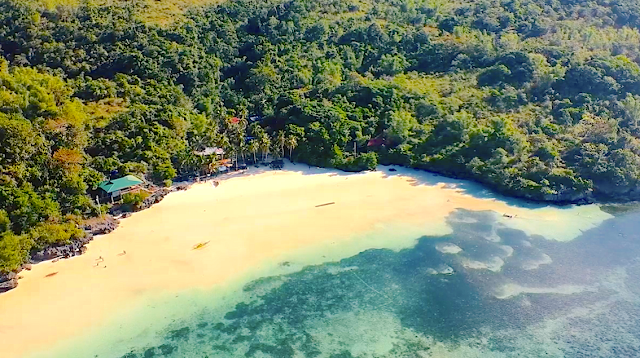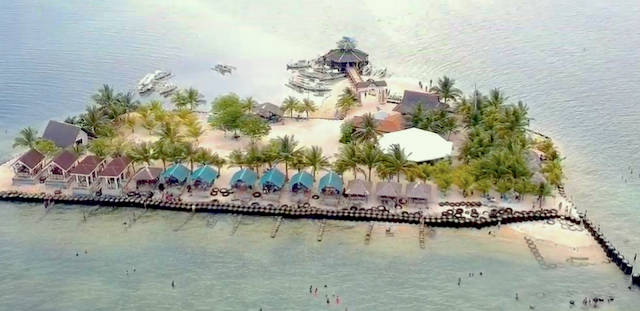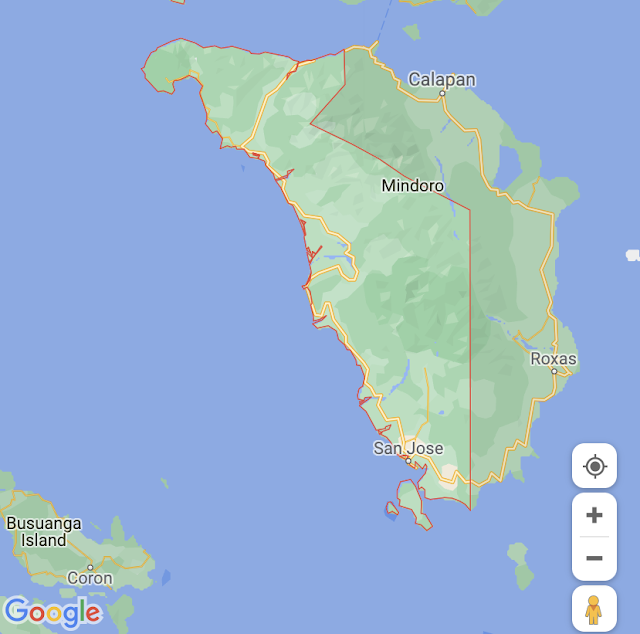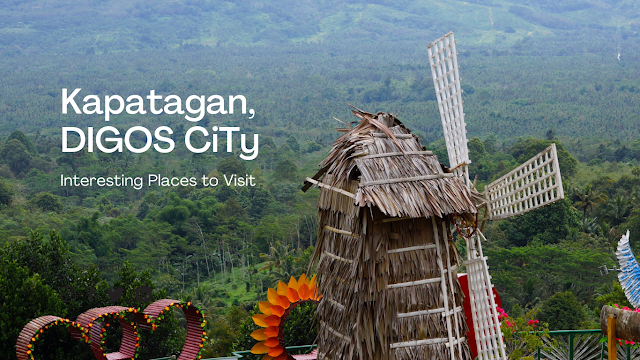Discovering the Hidden Gems of Impasugong, Bukidnon: A Guide to the Unexplored Beauty of Northern Mindanao
Impasugong is a municipality located in Bukidnon Province, Philippines. It is located in the eastern part of Bukidnon, bordering Malaybalay to the west, Sumilao to the north, Talakag to the south, and Agusan del Sur to the east.
Impasugong is known for its natural beauty, particularly its mountainous terrain and lush forests. The town is home to Mount Kalatungan, the second-highest mountain in the province of Bukidnon, as well as several other peaks that are popular among hikers and mountaineers.
The town's economy is largely based on agriculture, with rice, corn, and coffee being the main crops grown in the area. Impasugong is also home to several indigenous communities, including the Higaonon people, who have a strong cultural identity and way of life that is deeply connected to the natural environment.
Impasugong offers visitors a chance to experience the beauty and diversity of Bukidnon, with its stunning landscapes, rich cultural heritage, and warm hospitality.
Brief History
The name "Impasug-ong" is derived from the local Manobo language, which means "a river that never runs dry".
The town has a rich history, with evidence of human habitation dating back to pre-colonial times. The Manobo people, an indigenous group, were the earliest settlers in the area. They were known for their hunting and fishing skills, as well as their agricultural practices.
During the Spanish colonial period, Impasug-ong was part of the district of Misamis, which was under the jurisdiction of the Spanish authorities in Cebu. In the late 19th century, the Spanish authorities established a military detachment in Impasug-ong to maintain control over the local population.
The American colonial period in the Philippines saw the establishment of Impasug-ong as a municipality on July 7, 1920, through Executive Order No. 59 issued by Governor-General Francis Burton Harrison. The town was carved out of the municipality of Malaybalay and was initially composed of eight barrios (villages).
During World War II, Impasug-ong was occupied by Japanese forces. The town served as a base for the guerrilla movement, with local leaders and farmers organizing themselves to resist Japanese occupation. The guerrillas were able to drive the Japanese out of Impasug-ong and other parts of Bukidnon, and the town became a center of resistance in northern Mindanao.
After the war, Impasug-ong continued to develop as an agricultural town, with rice, corn, and sugarcane as the main crops. Livestock and poultry production also contributed to the local economy. In recent years, there have been efforts to promote eco-tourism in the area, with attractions such as the Del Monte Pineapple Plantation and the Kaamulan Nature Park drawing visitors from within Bukidnon and other parts of the Philippines.
Today, Impasug-ong is a small town with a rich cultural heritage. Its people are known for their traditional dances and music, as well as their handicrafts made from indigenous materials. The town remains a center of Manobo culture, with many of its inhabitants maintaining their traditional way of life.
Population, Poverty and Economy
According to the 2020 census conducted by the Philippine Statistics Authority, the population of Impasug-ong, Bukidnon was 57,246. The town has a land area of 392.85 square kilometers and a population density of 146 persons per square kilometer.
Impasug-ong is classified as a 3rd class municipality in terms of income classification, based on its annual income in the previous fiscal year. The town's economy is primarily driven by agriculture, with rice, corn, sugarcane, and pineapple as the main crops. Livestock and poultry production also contribute to the local economy.
Poverty remains a significant issue in Impasug-ong, with a poverty incidence rate of 53.9% among families, according to the 2020 data from the Philippine Statistics Authority. The town government has implemented various programs and initiatives to address poverty, including livelihood programs, education and health services, and infrastructure development.
In recent years, there have been efforts to promote eco-tourism in Impasug-ong as a means of boosting the local economy. The town is home to several natural attractions, including the Dahilayan Adventure Park and the Mount Kitanglad Range Natural Park, which draw tourists from within Bukidnon and other parts of the Philippines. The town also hosts the annual Kaamulan Festival, which celebrates the rich culture and traditions of the indigenous peoples of Bukidnon.
Here are some things you can do in Impasugong, Bukidnon:
- Visit the Dahilayan Forest Park - The Dahilayan Forest Park is a nature park located in Barangay Dahilayan. It features various outdoor activities such as zipline, rope courses, and horseback riding. The park is surrounded by lush greenery and offers stunning views of Mount Kitanglad Range Natural Park.
- Explore the Pulangi River - The Pulangi River is the longest river in Bukidnon, stretching over 300 kilometers. Visitors can enjoy river tubing, kayaking, and fishing along the river.
- Attend the Kaamulan Festival - The Kaamulan Festival is an annual celebration held in the province of Bukidnon. It is a week-long festival that showcases the cultural traditions of the indigenous Lumad people, including their music, dances, and rituals.
- Visit the Aglayan Cave - The Aglayan Cave is a natural cave system located in Barangay San Jose. It features stalactites, stalagmites, and underground streams that visitors can explore.
- Learn about the Lumad culture - Impasugong is home to various Lumad communities who still practice their traditional way of life. Visitors can learn about their culture and traditions by visiting their villages, observing their rituals, and interacting with the locals.
- Visit the Impasug-ong Museum - The Impasug-ong Museum is a community-run museum that showcases the cultural heritage of the Lumad people. It features artifacts, crafts, and other items that reflect the traditional way of life of the Lumad communities in the area.
Overall, Impasugong offers a unique and authentic experience for visitors who want to explore the natural beauty and cultural heritage of Bukidnon.
How to Get Here
The nearest airport to Bukidnon is the Laguindingan Airport located in the neighboring province of Misamis Oriental, which is approximately 2-3 hours away by land transportation.
The Laguindingan Airport serves as the main gateway to Northern Mindanao, and it offers domestic flights to major cities in the Philippines such as Manila, Cebu, and Davao.









